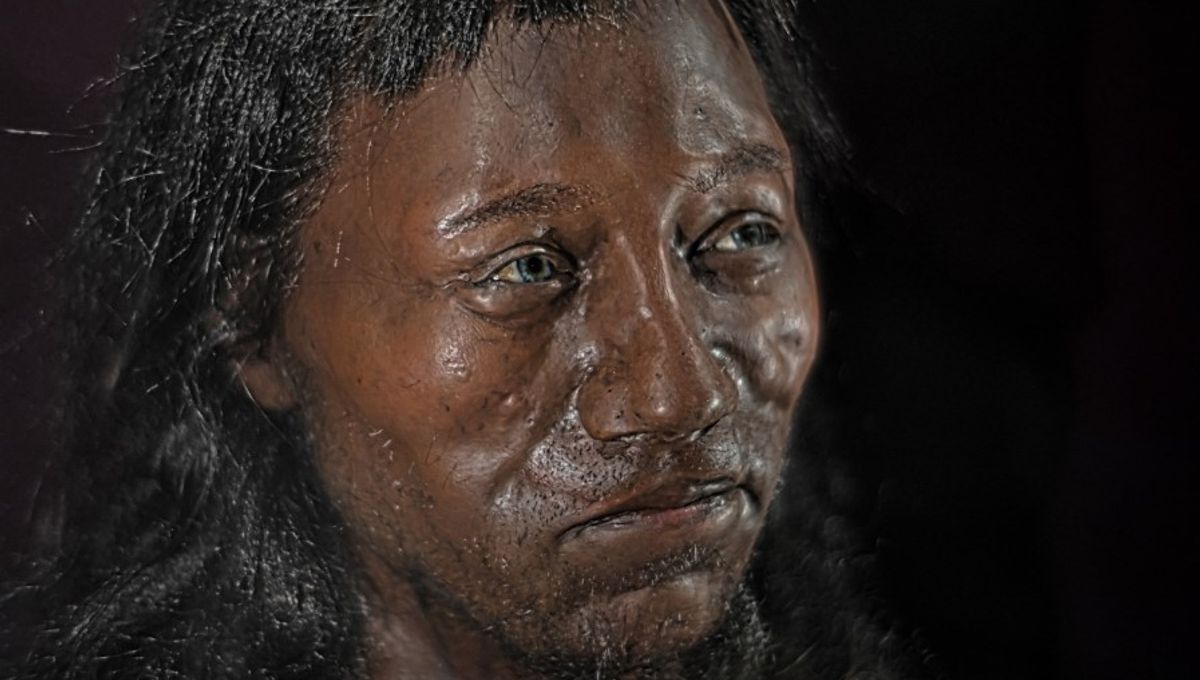
Until relatively recently, the combination of light skin, blue eyes, and blonde hair was something of a rarity among Europeans. According to new research, dark features may have been the norm all the way up until the Iron Age, which is considerably later than previously thought.
ADVERTISEMENT
Having originated in Africa, humans started off with dark skin, hair, and eyes, before developing lighter tones once they spread into the chillier northern reaches of Eurasia. The theory is that paler skin absorbs more of the sun’s ultraviolet radiation, which is needed for the production of vitamin D, and therefore provides an evolutionary advantage in regions with less sunshine.
“We knew from previous data that the first occurrences of light skins were around 15,000 years ago in the Caucasus region,” said study author Professor Guido Barbujani. Speaking to IFLScience, he explained that the earliest light-skinned individuals were Anatolian farmers who spread across Europe during the Neolithic period and replaced the existing hunter-gatherer populations.
“The idea [until now] was that it was a phenomenon like spreading butter on a piece of bread. You know, there’s a wave of butter that occupies the whole slice,” he said. However, the new study – which is yet to be peer-reviewed – shows that “it was not like that. It was more like a leopard skin, with occasional occurrences of light and dark skins here and there.”
What we didn’t know was that dark skins remained around until the Iron Age […] Iron Age means the mythical foundation of Rome. It means the Trojan War.
Professor Guido Barbujani
Analyzing DNA from 348 ancient humans who lived in multiple locations across Eurasia, the study authors traced the fluctuations in skin, hair, and eye pigmentation over the last 45,000 years. “The shift towards lighter pigmentations turned out to be all but linear in time and place, and slower than expected, with half of the individuals showing dark or intermediate skin colors well into the Copper and Iron ages,” they write.
“We already had some evidence that dark skins remained in Europe for longer than expected,” said Barbujani. For example, the famous Cheddar Man, who lived in Mesolithic England around 10,000 years ago, is known to have had dark skin and blue eyes. “What we didn’t know was that dark skins remained around until the Iron Age.”
ADVERTISEMENT
“Iron Age means the mythical foundation of Rome. It means the Trojan War,” continued Barbujani.
In their analysis, the researchers found dark features were almost ubiquitous during the Paleolithic, which lasted from roughly 45,000 to 13,000 years ago. The subsequent Mesolithic period, however, saw a peak of blue-eyedness in Northern Europe, France, and Serbia.
It was also during this era that the first known occurrence of light skin, blonde hair, and blue eyes was detected, in the genome of a 12,000-year-old hunter-gatherer from Sweden.
During the Neolithic period – which ran from about 10,000 to 4,000 years ago – the researchers found exclusively dark skin across much of Eurasia, although a small number of light-skinned individuals were identified in northern Europe. It was only in the Bronze Age that the study authors found “an increase in the co-occurrence of estimated blue eyes, blonde hair, and light skin”, with four individuals from England, Hungary, Estonia, and the Czech Republic displaying this combination.
ADVERTISEMENT
Finally, they explain that genomes dated to between 3,000 and 1,700 years ago during the Iron Age showed a mixture of dark, intermediate, and light skin in different areas of Europe and western Asia.
“We found the first instance of light skin color in the Swedish Mesolithic, but it comes from only one sample in [more than 50],” write the study authors. “Things changed afterwards, but very slowly, so that only in the Iron Age did the frequency of light skins equal that of dark skins; during much of prehistory, most Europeans were dark-skinned,” they state.
Offering an explanation for the unexpected endurance of dark skin, Barbujani said that “light skins are favorable in an environment in which you need UV radiation to produce vitamin D, but if your diet is based on fish, for instance, then you don’t need so much light. You find vitamin D in your food.”
“And so people who had dark skins, if they had the appropriate diet, could live fairly well, even in European climates,” he said.
ADVERTISEMENT
A preprint of the study is available on bioRxiv.
Source Link: Europeans Were Mostly Dark-Skinned Until Roman Times, Ancient DNA Suggests